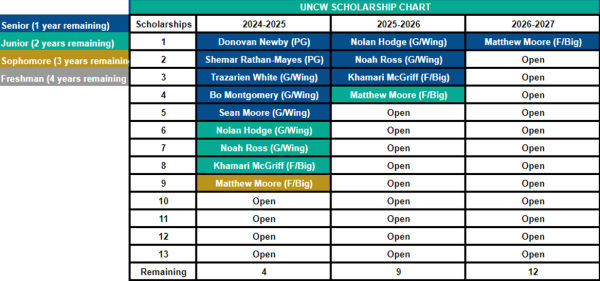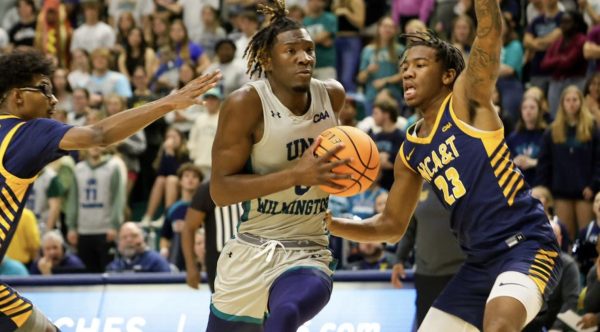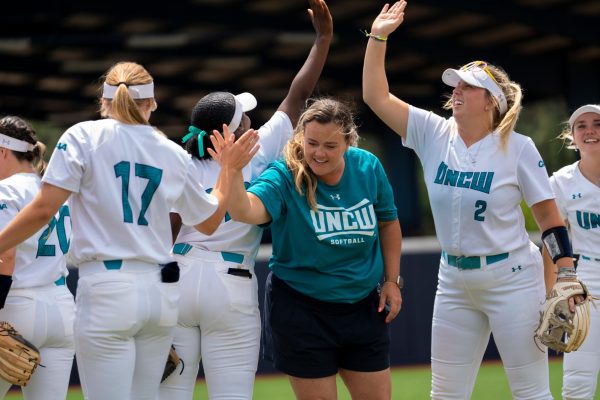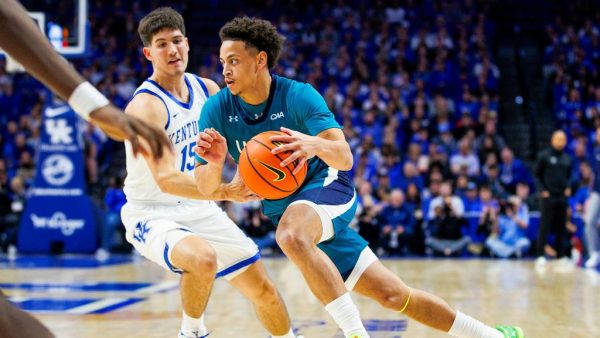An athlete’s perspective: receiving a redshirt
February 17, 2011
Editor’s Note: Mat Batts is a pitcher on the baseball team. The southpaw transferred from Western Carolina after recording 27 strikeouts in 24 1/3 innings. Per NCAA rules, he will redshirt this season. Read what that means below.
Student athletes are allowed four years of eligibility by the NCAA, meaning that from the moment a student steps foot on campus, he or she has four years to lay it on the line and fight for his or her school.
This four-year eligibility window can, however, become a bit hazy according to certain decisions made by the athlete or the coaching staff during his or her career. The reason for this is known as a “redshirt” year, which has grown over the years to become an effective strategy, used by many coaches in just about every sport.
The concept and use of redshirt years began with the idea that if athletes were injured prior to a season, they could sit out the year of the injury and not lose any eligibility. From there, the reasons and ideas behind the concept have erupted.
Athletes are now eligible for a redshirt season for any numbers of reasons, ranging from a coach’s gauge on the athlete’s current talent level to the rule that forces intra-Division 1 transfers to redshirt for a year. These developments of the rule have allowed coaches considerable leeway in determining when an athlete spends his or her allotted four years of eligibility.
The most common use of the redshirt year still occurs due to injuries sustained before the start of a team’s season, but it has become part of a formula that coaches have created in order to get the most out of their athletes.
Freshmen are often viewed as physically inferior to their older teammates and for that reason they will be redshirted in order to have a year to gain experience and stature before beginning their collegiate career. Another strategic use of the redshirt year comes when a team has accumulated too many players at a certain position, one of the players within that group will be redshirted in order to avoid a wasted year of eligibility on the bench.
Redshirting can also be viewed from the other end of an athlete’s development—academics. Athletes that come into a college or university and struggle with the academic load can be redshirted for the simple reason of focusing more on schoolwork. This year off from competition gives the athlete a great opportunity to make significant progress towards earning a degree.
Anyway you look at it, redshirting has become a major facet of collegiate athletics and has changed the way coaches recruit and manage their teams. Coaches are never stuck wasting an athlete’s career because they can pick and choose when those four years of eligibility are used. This has greatly improved the competition found in collegiate athletics and has created a safety net to ensure that athletes have every opportunity to succeed on and off the field.






















